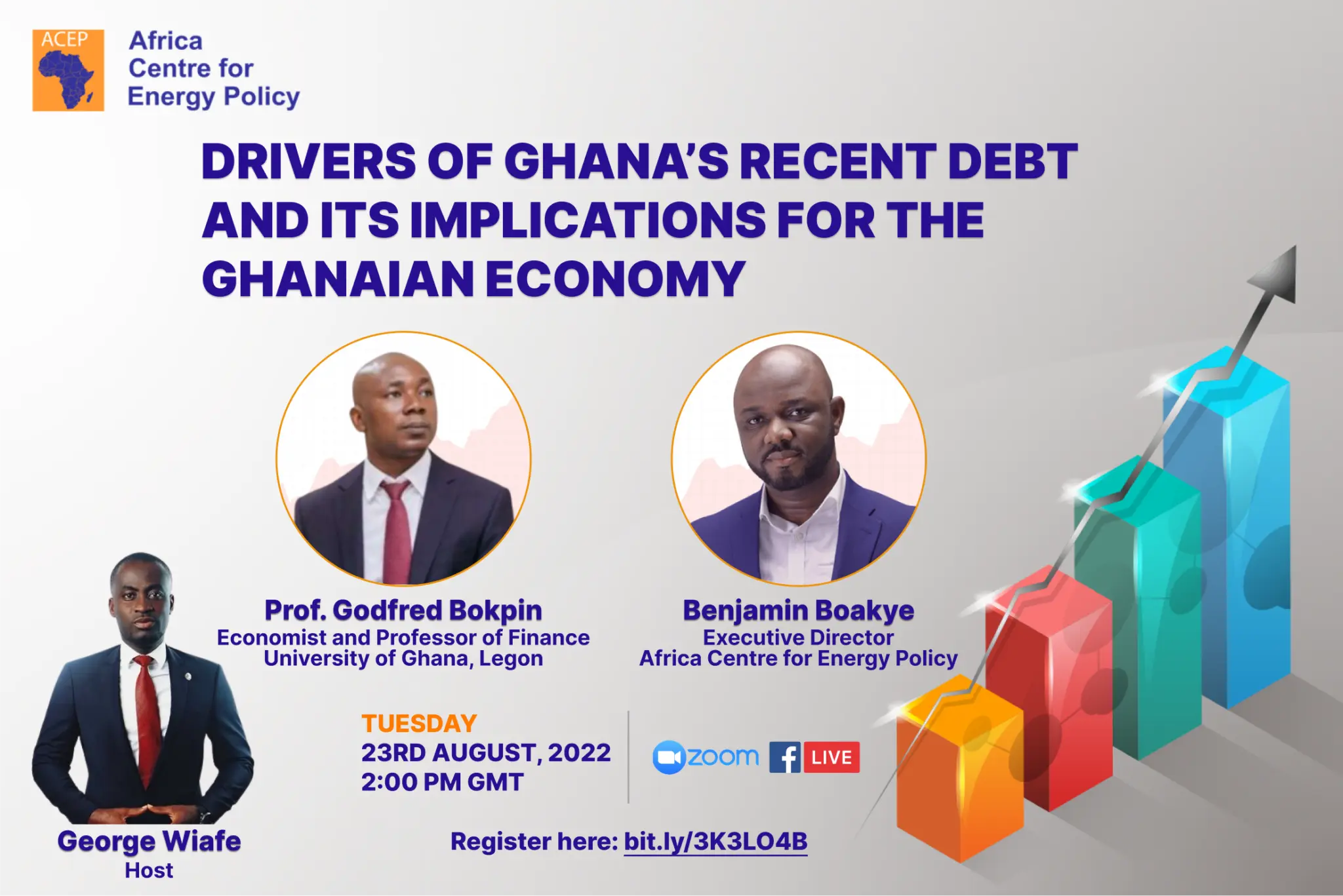

When Ghana exited the 16th IMF Supported Program in April 2019, debt sustainability was still a threat as the country preserved its status as a high-risk debt distress country. The energy sector indebtedness and the financial sector clean-up have ensured that the 5% fiscal deficit threshold imposed by the Fiscal Responsibility Act of 2018 was observed more in breach than in compliance. The result was that the country entered the covid-19 pandemic with a weak immune fiscal situation that was exploited by the pandemic, whilst the 2020 election did not disappoint in the usual election-related excesses. Aside from the usual debt accumulation channel through the fiscal deficit, fiscal pressures have mounted from state-owned institutions adding to the macro-fiscal pressures manifesting in the micro-economy, reflecting in arrears across the major sectors of the economy, including arrears to road contractors, school feeding etc. It is trite knowledge that the rising public debt poses a significant threat to our socio-economic transformation. These increase the restrictions on the growth drivers of the economy, leading to economy-wide inefficiencies (deadweights). This may explain the high cost of executing government contracts relative to the private sector that makes prompt payment as the contractors would price the perceived delay in the price build-up.
Whilst we do not challenge the powers of the finance minister to borrow under section 55 of the Public Financial Management (PFM) Act (2016) Act 921 and the reasons for borrowing under section 57, we premise this presentation on the fact that a deeper understanding of the drivers of the recent public debt build-up would enable stakeholders to fashion a broad-based consensus on resolving the problem. This would also foster consensus towards providing input into the ongoing engagement with the International Monetary Fund (IMF), given that debt sustainability is expected to dominate any program that would be agreed upon. To this end, understanding the country’s debt dynamics from a more comprehensive point, considering all claims on government, is fundamental to professing solutions than the narrow confines of central government debt development. This independent perspective would inure to the benefit of stakeholders and re-anchor hope by triggering proactive measures.
The forum presentation would consider drivers of the recent debt build-up, the pass-through effect of the energy sector development as the financial sector clean-up, implications for the rising public debt for development outcomes, and the private sector competitiveness. Our preliminary observation is that Ghana has breached a sustainable debt level (deep debt distress) that challenges the effectiveness of an IMF Supported Program. Under such circumstances, IMF lending is dwarfed, and that would require the government to trigger a debt restructuring arrangement with investors that may entail investors taking some haircut to fit into an IMF lending framework. We contend that under current fiscal measures as announced by the government, a high risk exists that the debt to GDP ratio will steadily increase, further unsettling investors. That primary budget balance, real interest rate, and the real rate of economic growth under the existing and recent measures coupled with the recent depreciation of the cedi lend to debt unsustainability. We recommend a sustained aggressive front-loaded fiscal adjustment going forward, given that the next political business cycle is two years down the line. In addition to monetary policy reform and sector-specific intervention
